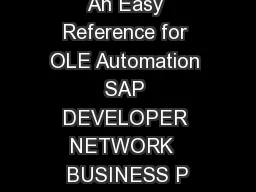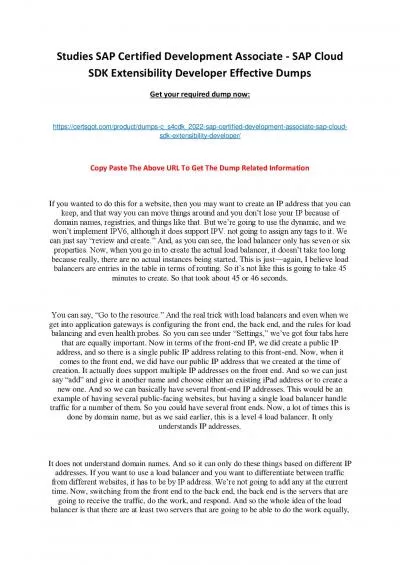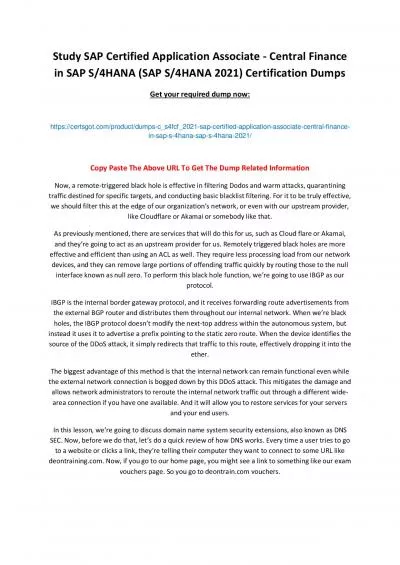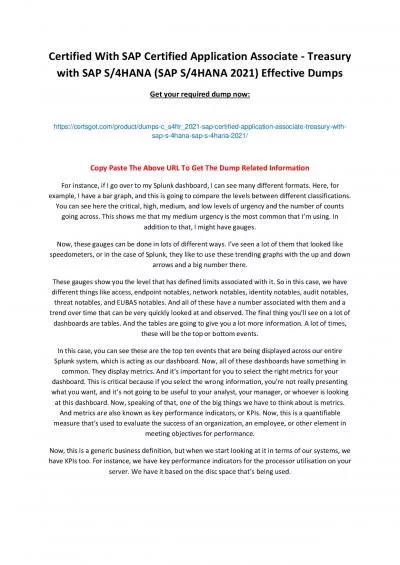PDF-An Easy Reference for OLE Automation SAP DEVELOPER NETWORK BUSINESS P
Author : natalia-silvester | Published Date : 2017-02-27
Basics eating OLE objects and calling their methods Within ABAP five basic statements are used for OLE automation So this first section will deal with those ABAP
Presentation Embed Code
Download Presentation
Download Presentation The PPT/PDF document "An Easy Reference for OLE Automation SAP..." is the property of its rightful owner. Permission is granted to download and print the materials on this website for personal, non-commercial use only, and to display it on your personal computer provided you do not modify the materials and that you retain all copyright notices contained in the materials. By downloading content from our website, you accept the terms of this agreement.
An Easy Reference for OLE Automation SAP DEVELOPER NETWORK BUSINESS P: Transcript
Download Rules Of Document
"An Easy Reference for OLE Automation SAP DEVELOPER NETWORK BUSINESS P"The content belongs to its owner. You may download and print it for personal use, without modification, and keep all copyright notices. By downloading, you agree to these terms.
Related Documents














